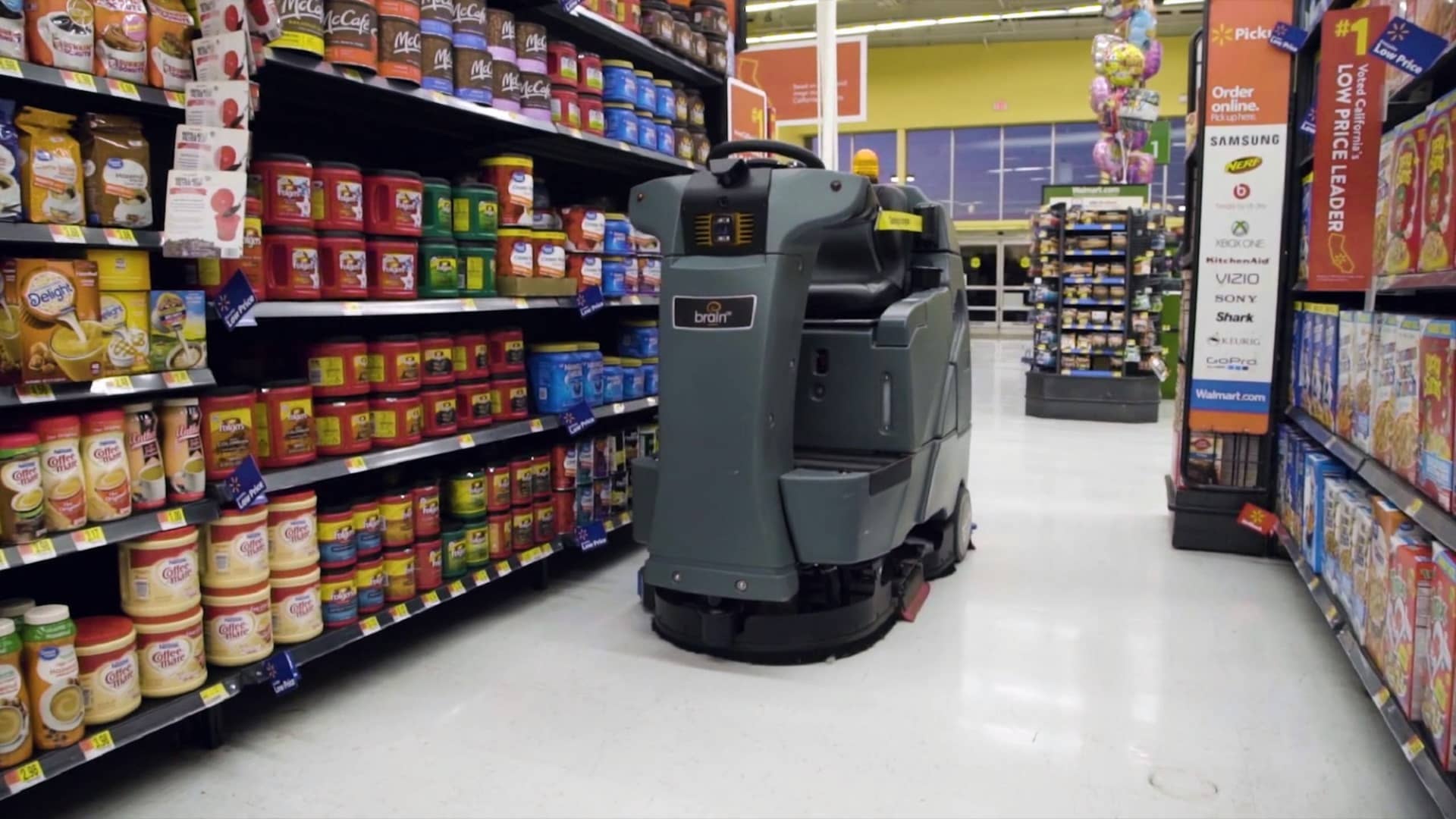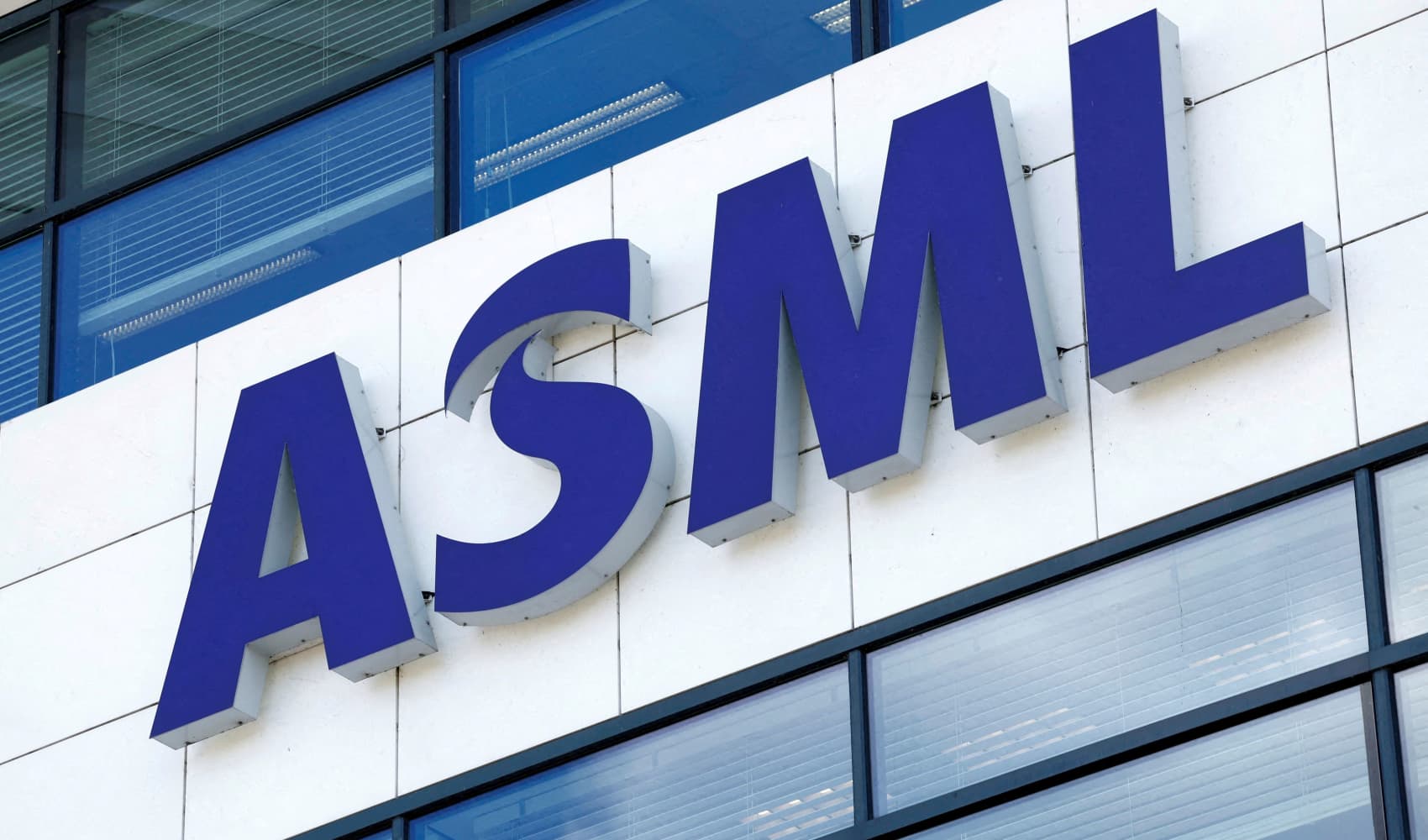
- Few companies have the ability to gather the massive data sets that power artificial intelligence like Walmart.
- It's deploying AI and machine learning in ways that improve both the customer and employee experience.
- Floor scrubbers equipped with inventory intelligence towers take more than 20 million photos of everything on Sam's Club shelves every day.
Amid the recent flurry of excitement around the transformational potential of ChatGPT is the fact that companies have been using artificial intelligence across their businesses for years.
But few companies have the ability to gather the massive data sets that power AI quite like Walmart. There are roughly 4,700 Walmart stores and 600 Sam's Clubs in the U.S. employing a combined 1.6 million workers — or associates as the company likes to call them.
Get Philly local news, weather forecasts, sports and entertainment stories to your inbox. Sign up for NBC Philadelphia newsletters.
Deploying artificial intelligence and machine learning in ways that improve both the customer and employee experience across such a massive environment is the focus of Walmart's AI strategy, said Anshu Bhardwaj, senior vice president of tech strategy and commercialization at the retail giant.
At warehouse chain Sam's Club, the membership model provides the company with huge amounts of data about what members are searching for, what they like, what they're buying and when. "[Customers] are generating all these breadcrumbs about what they like and want and that's allowing us to make the shopping experience better," she said.
One way to do that is to make sure the items they want to buy are in stock. At Sam's, that means staying on top of roughly 6,000 items stacked on shelves in warehouse stores that average 136,000 sq. feet.
Sam's is using, of all things, floor scrubbers to do just that. As they travel around the stores, keeping floors clean and free of debris, they're also capturing, in real time, images of every item in the store. These scrubbers (there's one in each store) are equipped with inventory intelligence towers that take more than 20 million photos of everything on the shelves every day.

"What this means is that I can distinguish Kellogg's Froot Loops from Kellogg's Frosted Flakes and the depth in which they're stocked on the shelves," explained Bhardwaj. "And if you think about a shelf, it doesn't always have items in the front. They could be staked in the back and then there are shadows as well."
Money Report
This is where AI and machine learning comes in. She said the company has trained its algorithms to discern the different brands and their inventory positions, taking into account how much light there is or how deep the shelf is, with more than 95% accuracy. When a product gets to a pre-determined level, the stock room is automatically alerted so that the item is always available.
If there's nothing in the stock room, but a delivery scheduled that day contains Kellogg's products, the algorithm will tell an associate to take that Kellogg palette directly to the sales floor, rather than to the stock room. Bhardwaj said since deploying this AI last year, employee productivity has increased 15%.
"This is how we close the loop," she said. "We never want to be out of stock on any item."
AI is also powering the Walmart shopping app. For example, if a customer orders Pampers on the app, it can now recognize when this customer last ordered the product and whether the size is still appropriate.
Even though Walmart has been on its AI journey for years, the goal has remained the same, Bhardwaj said: Find better ways to figure out what the customer wants to buy and how best to get it to them. "AI is a way to make those decisions super easy for us," she said. "That's how I look at it."
The goal is to create as little friction between what customers want and what they ultimately buy. "I hate shopping for things like milk and toilet paper," Bhardwaj said. "We want to make the shopping experience for everyday items a no-brainer for our customers."






